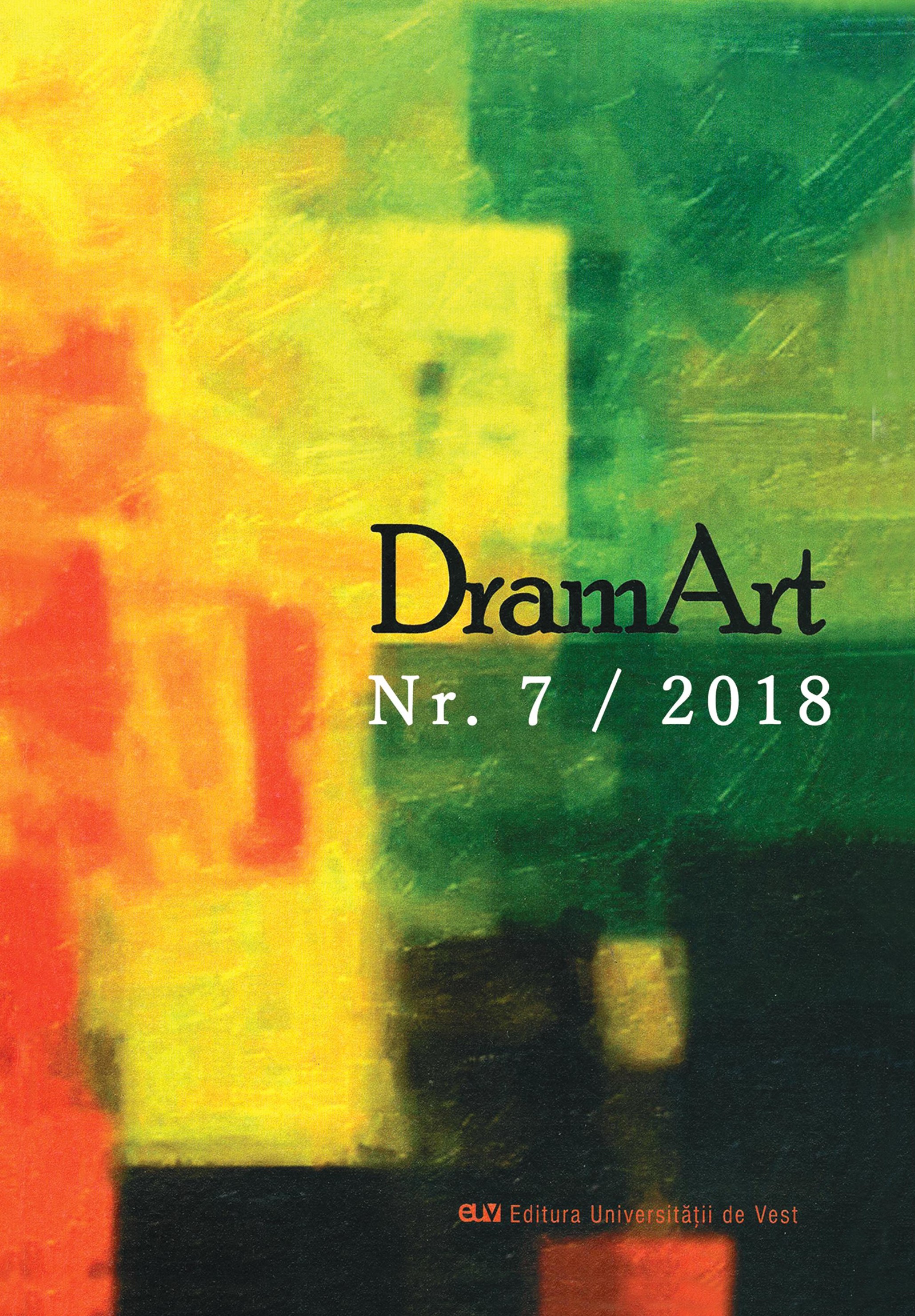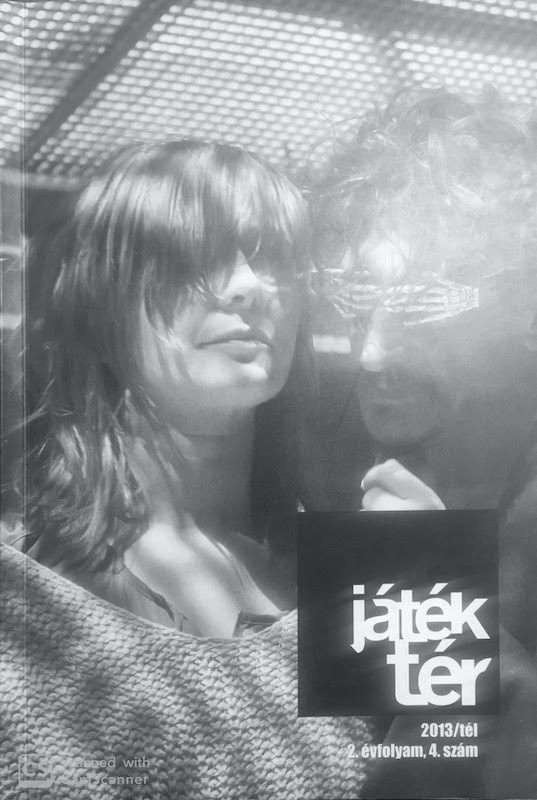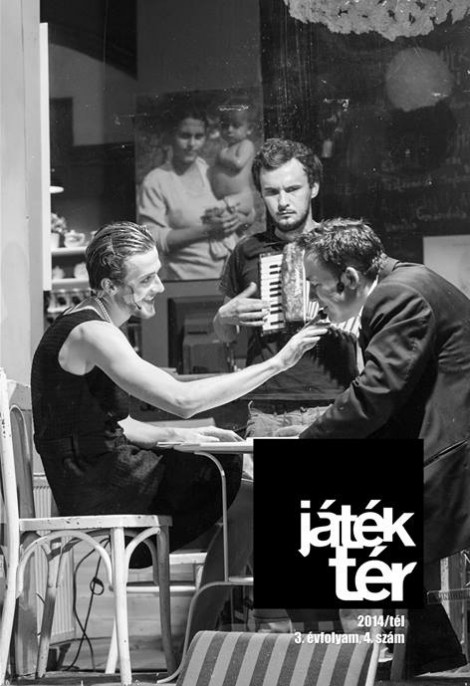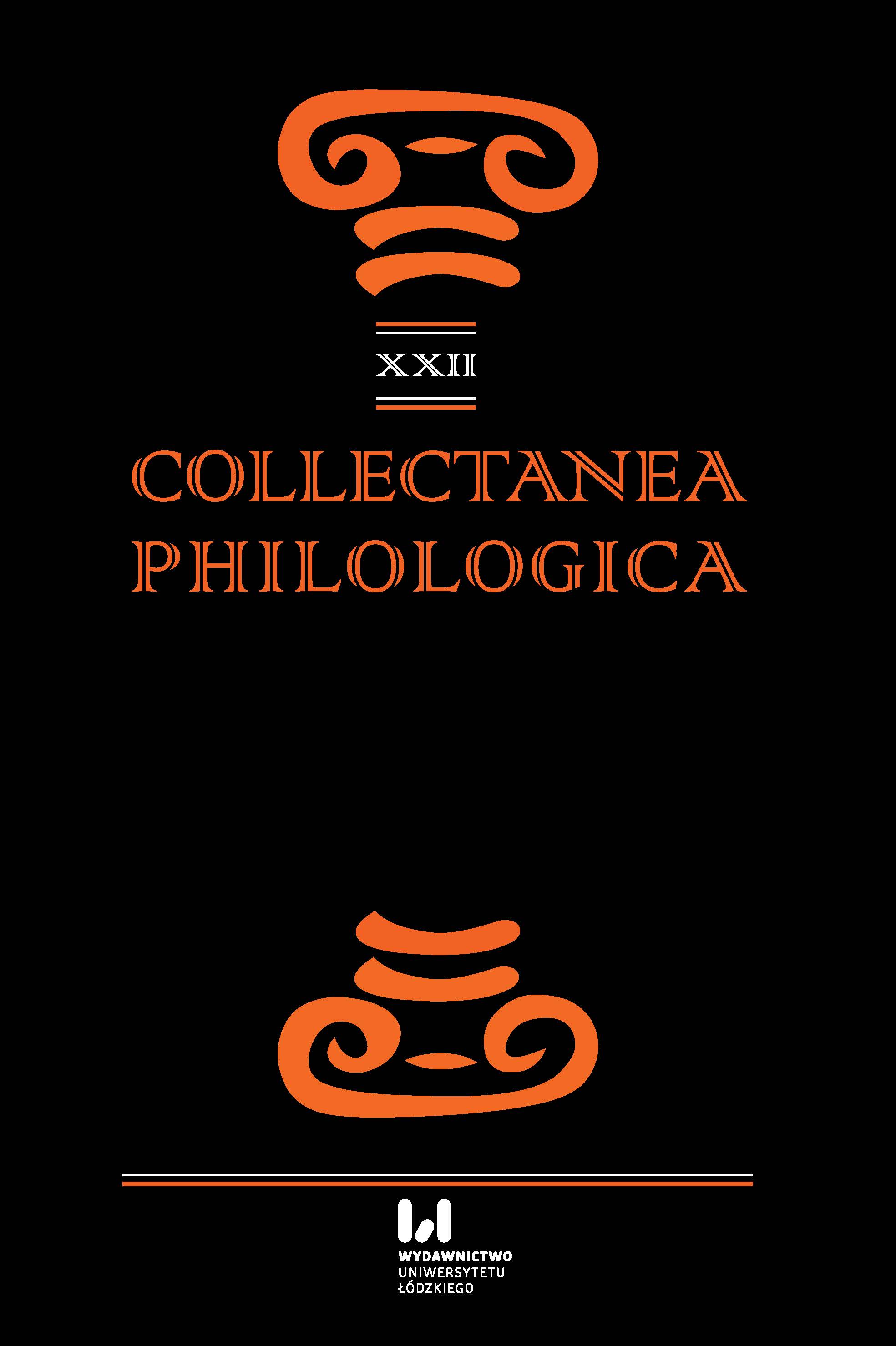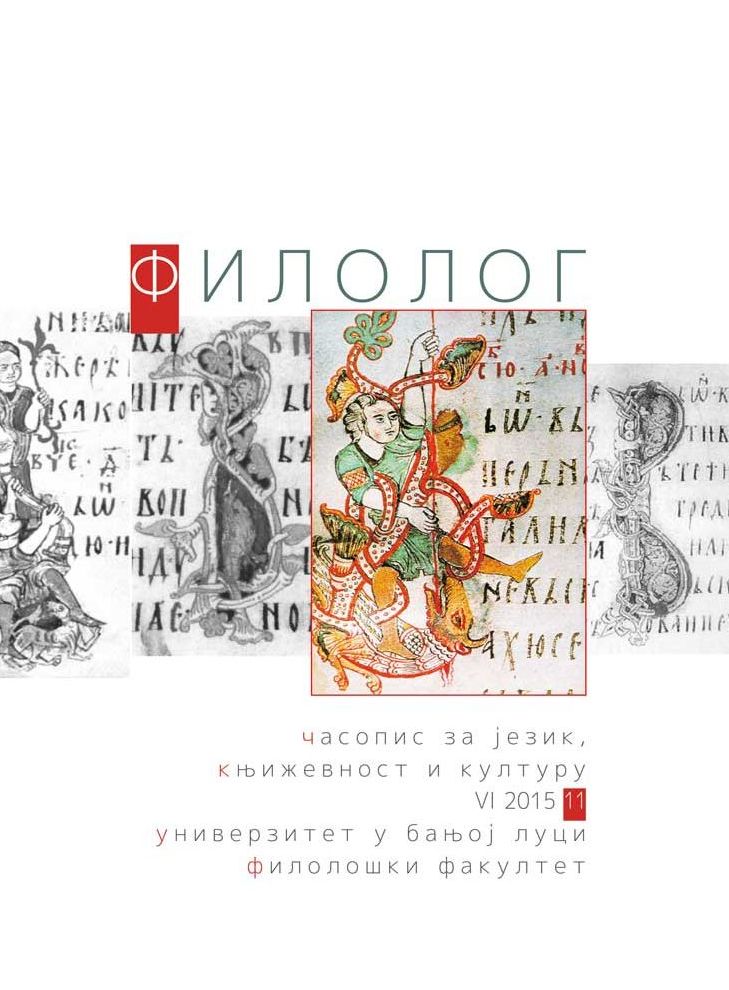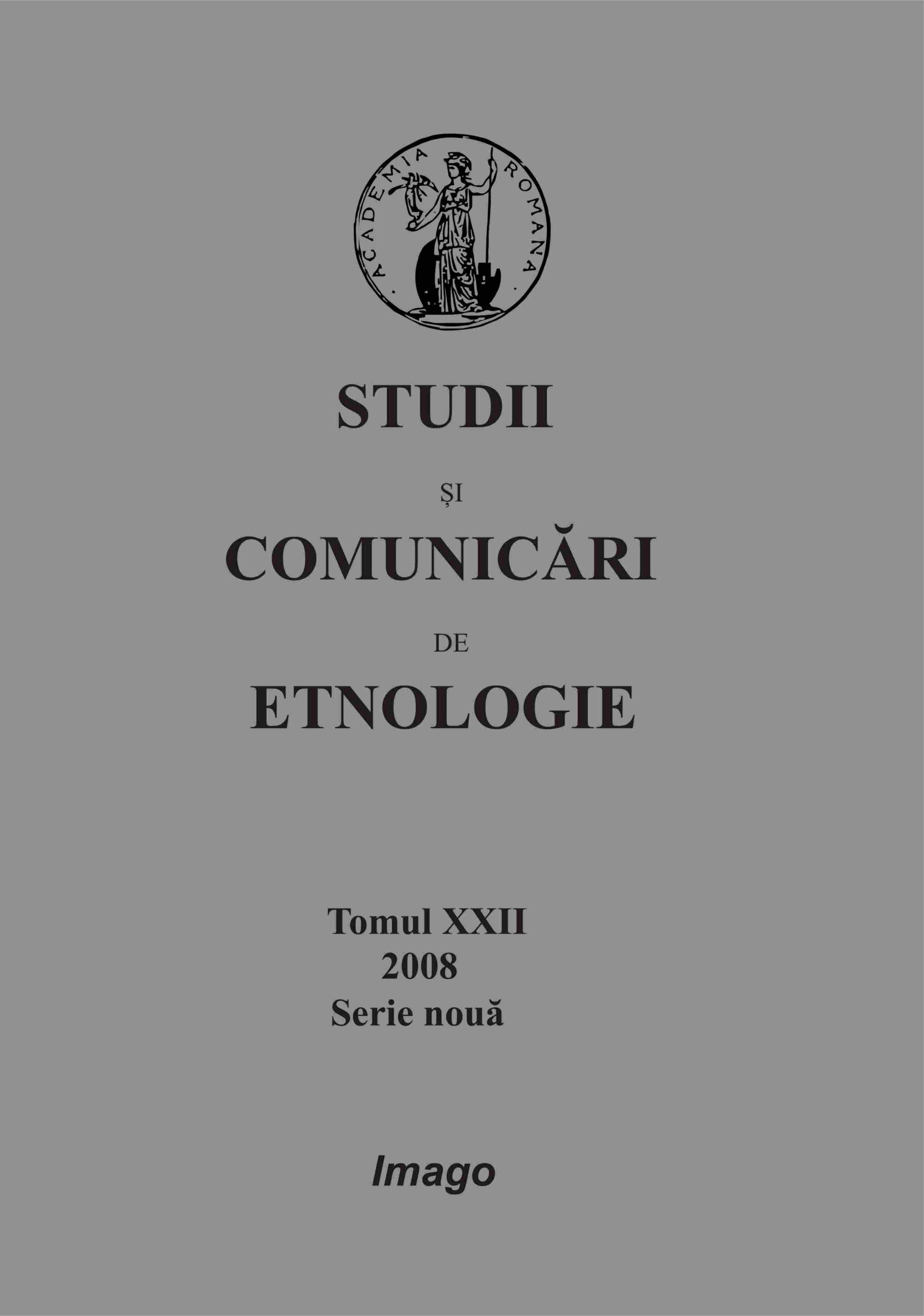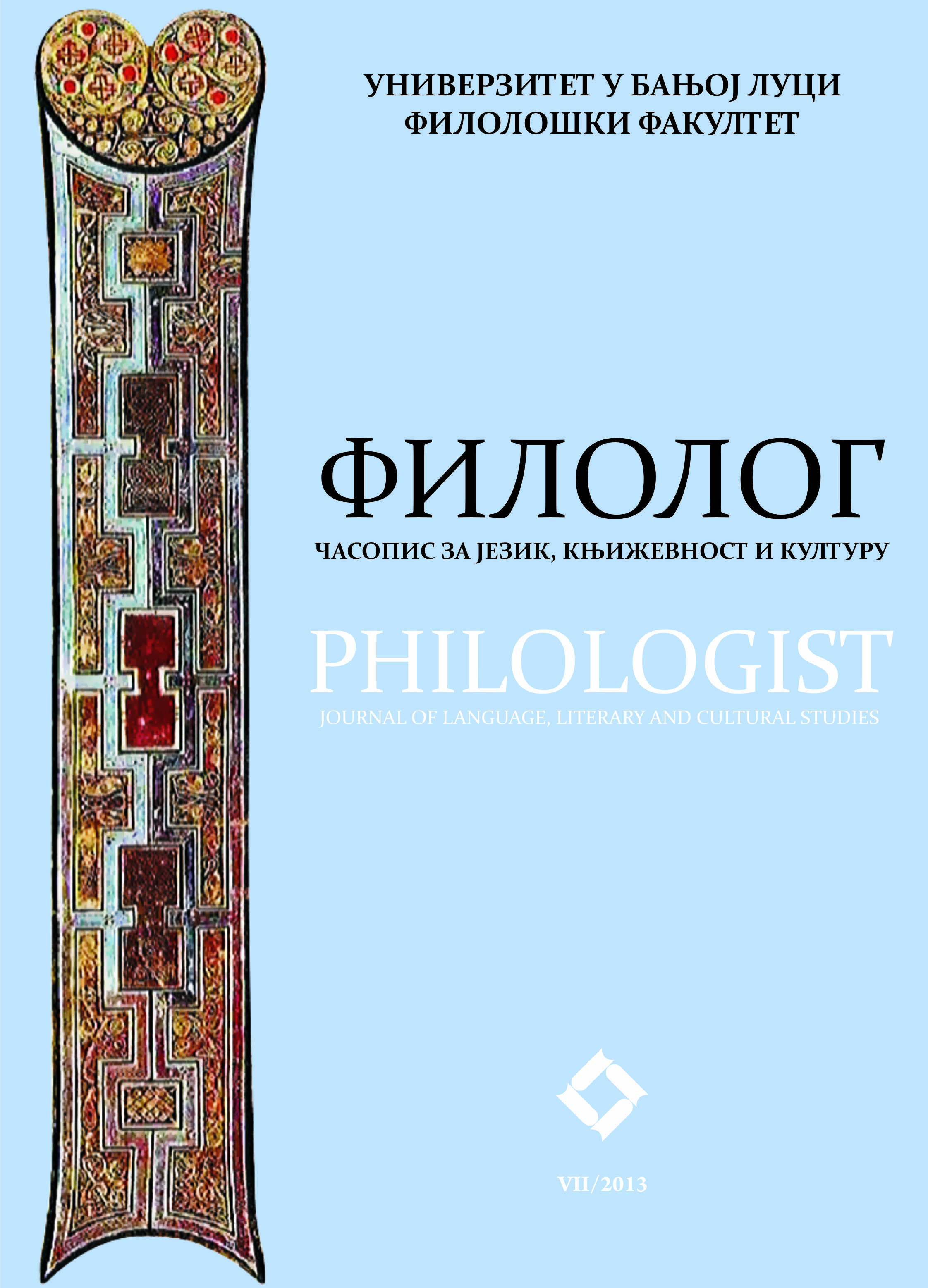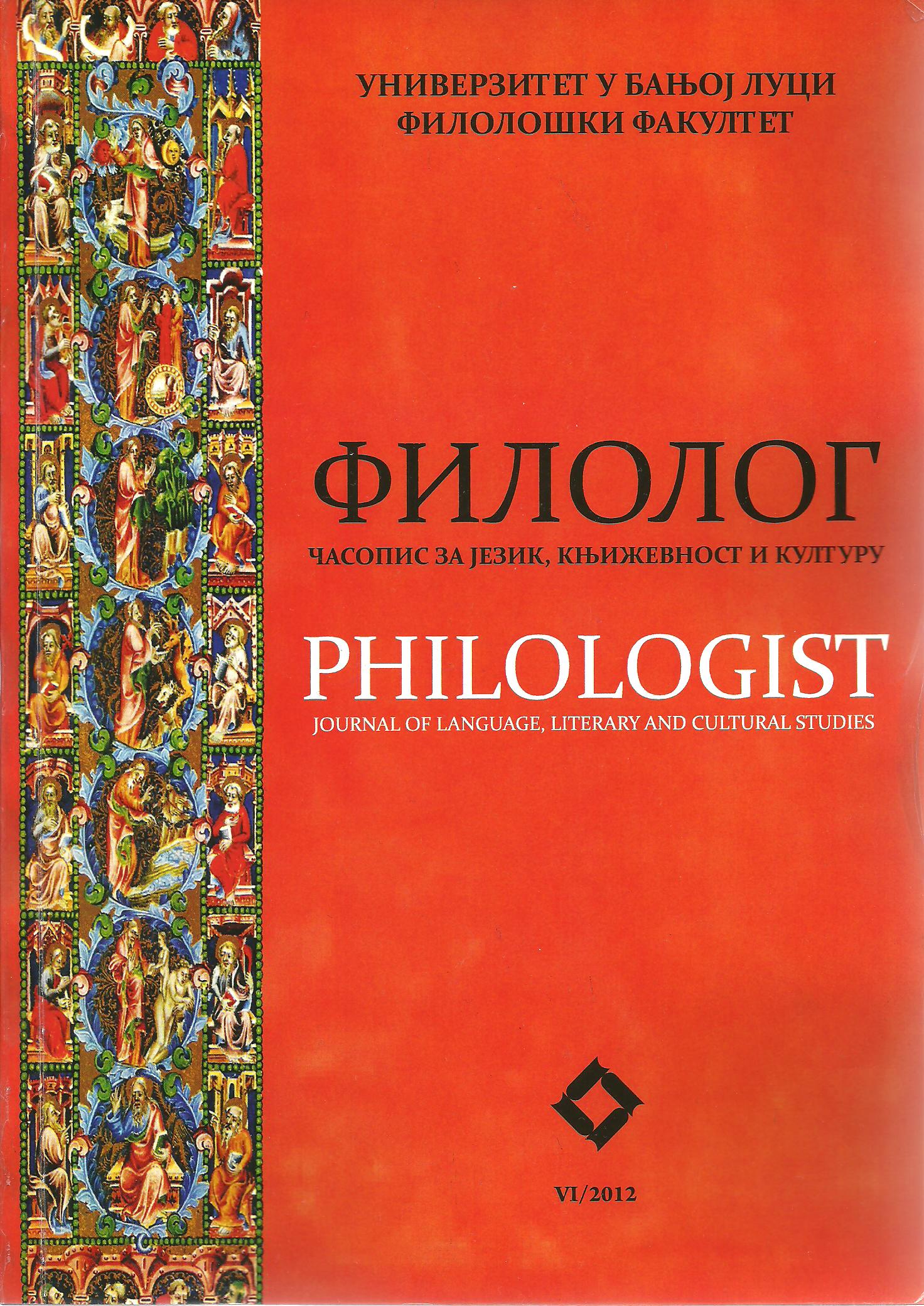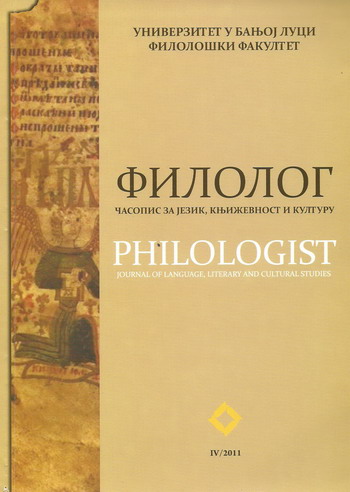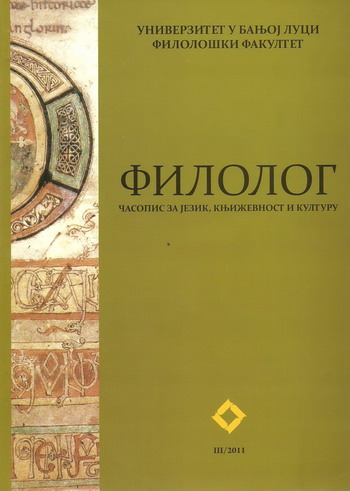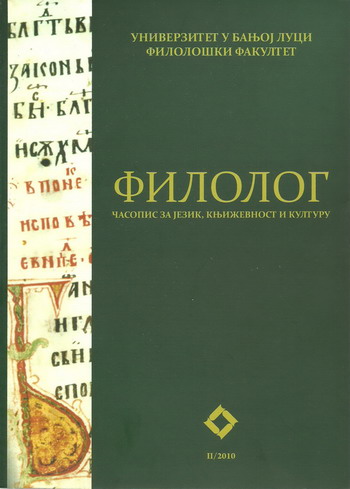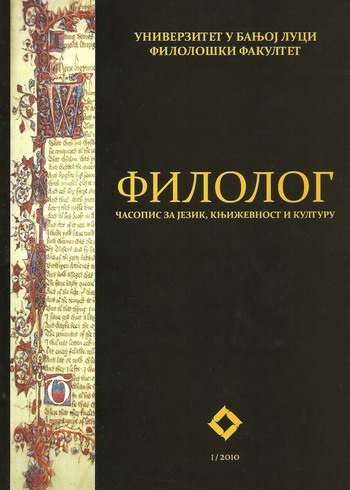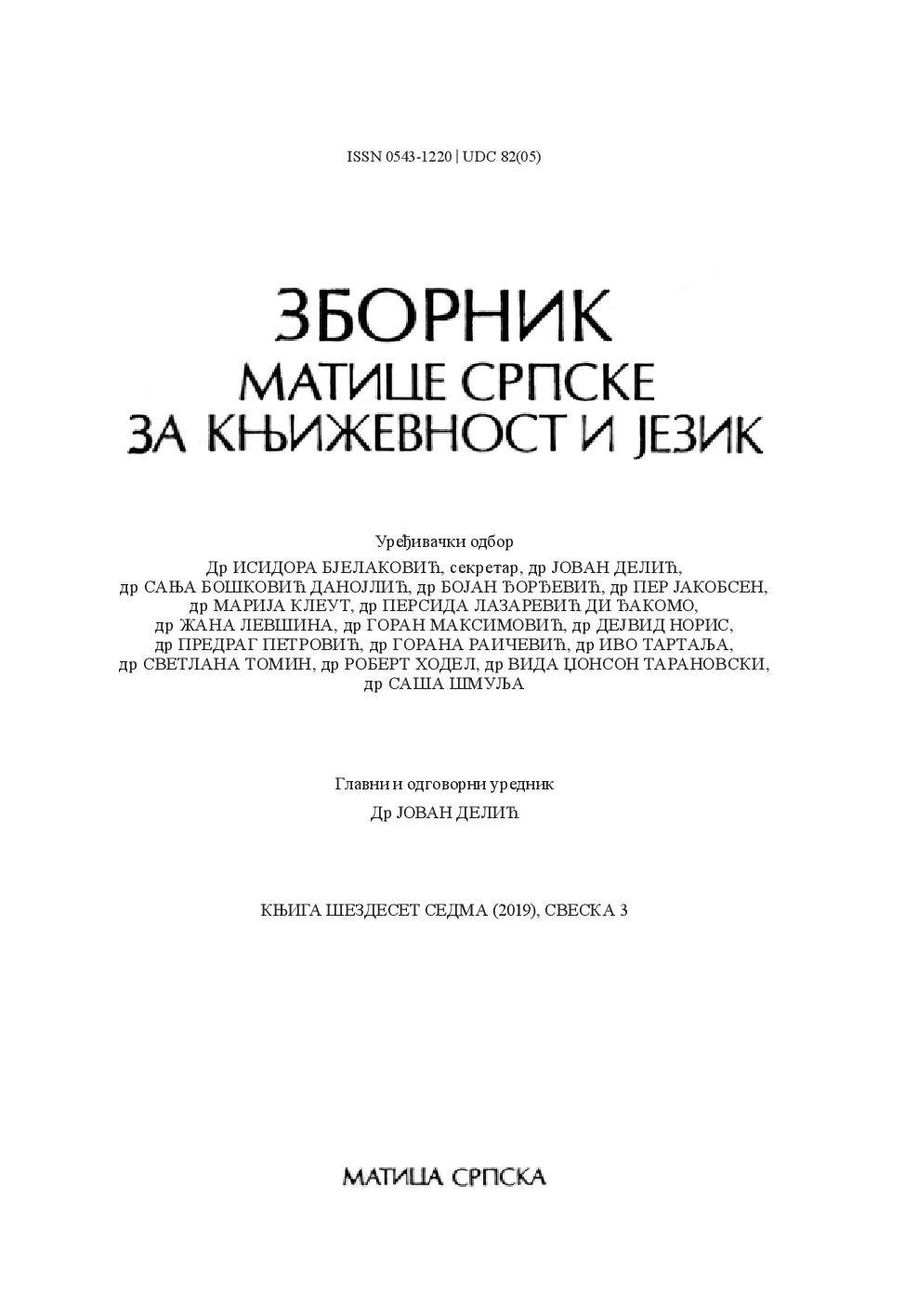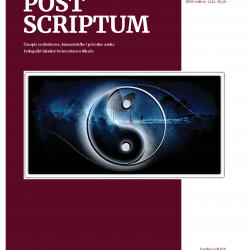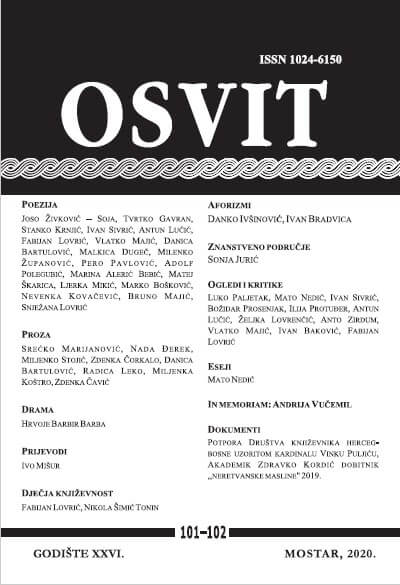Шекспірівські образи в гітарній творчості Ганса Вернера Генце: «Королівська зимова музика»
Purpose of Article. The article reveals the specifics of the disclosure of theatrical characters of the Shakespearean dramas in the musical language of the guitar sonata by Hans Werner Henze «Royal Winter Music». Methodology is based on the use of phenomenological, comparative, structural-functional methods that allow expanding the horizon of cognitive search and extract key characteristics of studying phenomenon. Scientific Novelty of the study lies in the phenomenological approach to the analysis of the guitar work that is unstudied in term of the Ukrainian musicology. In the process of the analysis, the influence of the non-musical sources of the composer's design is noted that comes from the theatrical and poetic heritage – Shakespearean dramas, comedies, tragedies. Conclusions. Due to the prevailing musical and theatrical preferences, the declamatory nature of intonations prevails in the guitar music of Henze, connected with speech utterances, monologues, dialogues, and other attributes of the poetic and prosaic language of theatrical performances. This phenomenological property of the composer's music gives guitar compositions a specific vocabulary, especially within the modem language resources that the author resorts to. It comes not from well-known orthodox techniques of Austro-German expressionism, but through the «jewelry» work with micro-themes at the level of motives and their «polyphonic dialogues».
More...
